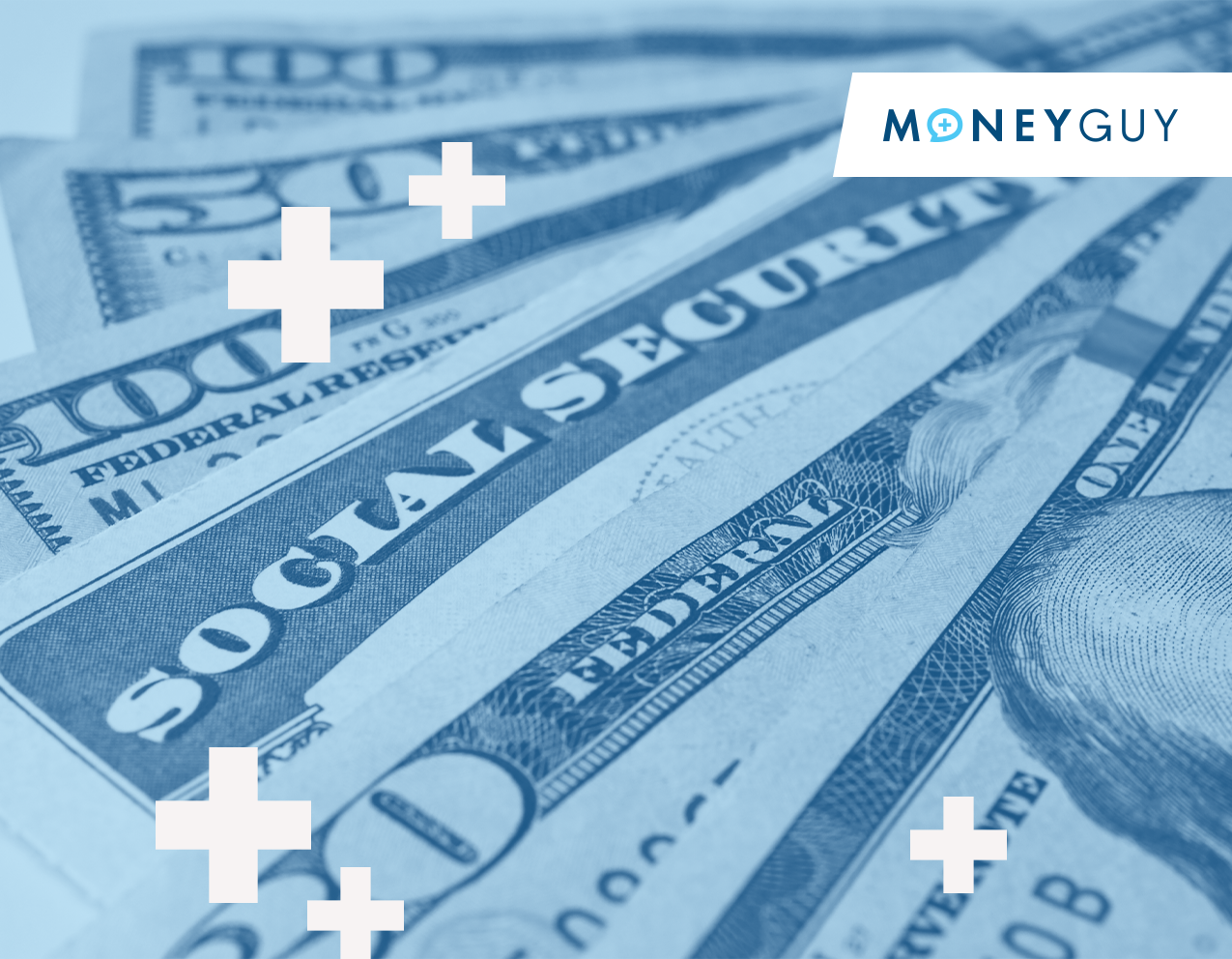Let's jump in with the first one, and this one, I think, is really exciting because this is a moment in time when you can capitalize on it right now. It is high-yield savings accounts where you hold your cash because cash is no longer trash. Yeah, shame on banks, you know. I know that there's been a lot of drama within banking. We've even had some failures in banking because they got caught in some weird situations because the FED has raised rates dramatically. The thing is, though, banks just don't pay us what we do, and they know. Let me tell you a stat that I've used in content before: the typical banking relationship is around 16 years. Because of that, it's a very sticky business. Banks have known this, so as the FED has raised rates, unfortunately, that has not shown up in what they're paying us, necessarily, in our traditional banking relationships.
Yeah, if you think about this, according to the FDIC, the average savings account right now is paying 0.36 percent. You may be thinking, "Okay, well, is that good or bad?" If we compare that to the federal funds rate, which is often what high-yield savings accounts are tied to, it's the overnight lending rate between institutions. You can see that the federal funds rate is actually over five percent right now. So the average savings account is paying less than half a percent when a number of high-yield accounts out there are paying greater than five percent. There's a huge spread there that you could be missing out on. Look back when any type of money market or online savings account was paying you less than one percent. It was hard for me to say, "Hey, go through all these hoops to go change your behavior, change your banking relationship," but because it was less than one percent, I mean, it was kind of a rounding error when you apply that to your savings rate. But I want you to look at this. This is now we're getting into like a four and a half percent spread. We need to give you some context on what does this actually mean in cold hard cash.
Now, look before we show you this and you get really excited and run out, recognize that there are financial institutions right now that realize they can capitalize on this. So, if you are thinking about switching banks, if you are thinking about pursuing this strategy, beware of teaser rates. It's not uncommon for an institution to offer you a super shiny, attractive new rate and then 30, 60, 90 days in, drop the rate. Make sure if you're going to switch, go with a name that is perennially at the top of the list, one that you are familiar with and you've seen a lot so you don't get sucked into a teaser rate.
So, the question you're probably asking is, "How much am I missing out on? How much money are we talking about?" Well, let's think about this. Let's assume that you have an emergency fund of thirty thousand dollars, which I think doesn't seem crazy, right? Thirty thousand dollars in an emergency fund sitting there. If you think about that thirty thousand dollars sitting in the average savings account earning 0.36 percent interest, that's a hundred dollars a year. That'll maybe take you out for a nice dinner. Contrast that with a high-yield savings account that's yielding 4.75 percent. Now you're talking about over fourteen hundred dollars in interest. It's a thirteen hundred dollar difference for nothing, just simply changing the account that you hold your cash in.
I know we have a lot of financial mutants in the audience, and I want you to look at this. This is a wake-up call. Once again, no actual physical labor on your part. You didn't have to work any extra hours. You didn't have to go take a gig economy job. All you have to do is make sure that your cash is not being taken for granted and actually being put to work. And you can actually have a four-figure change in more money coming in. That's a thousand dollars that definitely could be doing more for you in the long term. If you're not doing this, then it probably just means that you're lazy. I know that's unkind, but don't be lazy. Be a general that commands your army of dollars.
When you go to look for a high-yield savings account, if you're going to use a high-yield account, make sure that it's FDIC insured, meaning it's backed by the full faith and credit of the government. Make sure the amount you're holding in that account falls below the FDIC limits. It's $250,000 for individuals and $500,000 for joint households. If you can check those two boxes, you're off to the races, collecting free money. For more information, check out our
free resources here.













